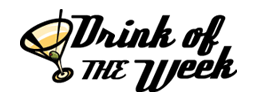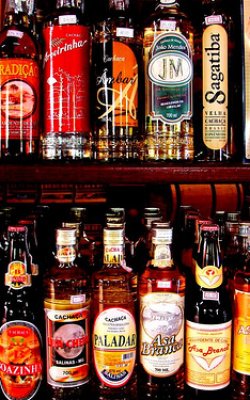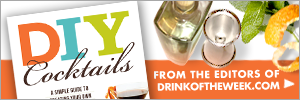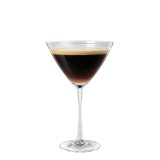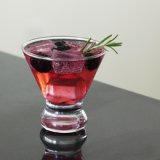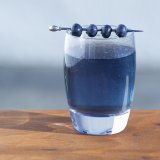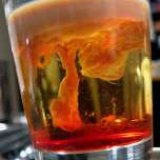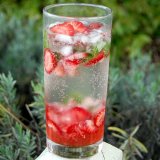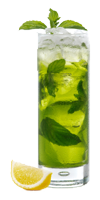Recently, I had the honor of judging not one but two events. Needless to say, I was thrilled with the opportunities and learned so much. The first of the events was judging a United States Bartender Guild, known as USBG, Pisco Sour competition sponsored by Gran Sierpe Pisco at the Manhattan Cocktail Classic. The second was judging a number of spirits categories at the International Wine and Spirits Competition just outside of London. The two events were a juxtaposition between judging cocktails and spirits.
The Pisco Sour competition was a blast! Sixteen bartenders gathered from across the country and met for battle at the Andez hotel in Manhattan. Each of these bartenders came armed with bartender tools, Pisco Sour know-how and a secret ingredient. The challenge was to create a classic Pisco Sour with a twist. The judging was handled by myself, Herbie Loebl of Gran Sierpe and Chris Hudnall of the Soho Bar in Miami.
On that day in Manhattan, I tried sixteen drinks. A number of them were great and a few not so much. The color ranged from beautiful purple to lime green and almost every thing in-between. The froth ranged from barely there to beautifully ethereal. I am a huge fan of the froth on the Pisco Sour – it imparts taste and texture to the drink. The secret ingredients ranged from Cilantro to red wine to pistachio syrup, which was my personal favorite. The winning Pisco Sour was made with a chamomile tea syrup and had almost perfect balance, flavor and texture. The winning bartender was Nathan Gerdes of Portland and my favorite special ingredient was concocted by Rammy Lavvi of Israel and New Jersey.
In stark contrast to the Pisco Sour competition where the bartenders mixed your drinks in front of you and an audience as music pumped through the room, the judging at the International Wine and Spirits Competition occurred in a quiet room with all spirits brought in blind in tightly controlled tasting groups. To preserve the integrity of the tasting, the spirits were judged completely blind (the judges are never told what was judged). In the quiet of the room, round after round of spirits were brought to the people in the room. Each of the judges examined, sniffed and tasted. There was a constant arc of spirits being spit out after each taste. While I do a great deal of tasting, nothing could have prepared me for the onslaught of tastings. One day, we tasted over 70 spirits. It literally made my stomach roll and by the end, my tongue bordered on numb. Yet, I learned so much and by my fourth day, I felt that I was actually making contributions to the examination of the spirits.
The International Wine and Spirits Competition is an extremely prestigious event that sets the example for wine and spirit competitions across the globe. Each year, spirits are submitted and judged. The judging consists of both a chemical analysis and a panel tasting. The panels are comprised of industry experts gathered from around the globe. These experts include vitners, distillers, chemists, teachers, writers and many others. Each of the spirits are individually judged and then collectively discussed and scored. What was fascinating for me was the clustering of scores in many cases and in a few, the wide disparity. It was truly an educational and challenging experience that has assisted me in attaining a level of tasting expertise that I did not know was possible.
